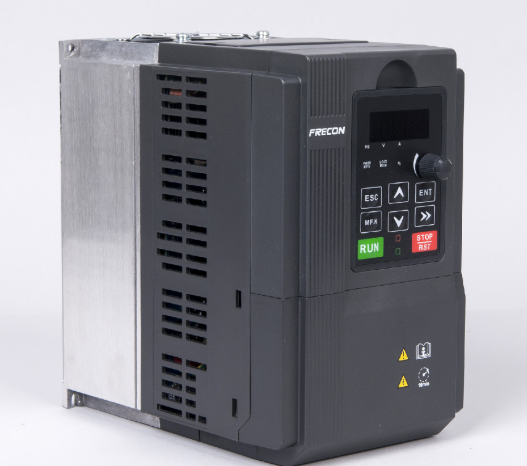Variable frequency drives (VFDs) are essential components in modern industrial automation, allowing for precise control of motor speed and torque. By adjusting the frequency and voltage supplied to an electric motor, a variable frequency drive can optimize performance, increase efficiency, and reduce energy costs. The best variable frequency drive on the market not only enhances motor control but also contributes to the longevity of equipment by minimizing wear and tear.

The Working Principle of VFDs
A variable frequency drive operates through a series of stages: rectification, filtering, inversion, and output. Initially, an AC voltage from the power supply is converted into DC voltage using a rectifier. This DC voltage is then filtered to ensure a smooth output before being converted back to AC through an inverter. The inverter adjusts the frequency and voltage, allowing for the desired motor speed. This precise control is crucial for applications requiring variable speed and torque, making the best variable frequency drive invaluable in various industries.
Advantages of Using VFDs
The advantages of integrating a variable frequency drive vfd inverter into industrial systems are numerous. Firstly, VFDs lead to significant energy savings by allowing motors to run at optimal speeds based on demand. This not only reduces energy consumption but also lowers operational costs. Secondly, the ability to control motor speed helps in enhancing process efficiency, ensuring that machinery operates smoothly without unnecessary strain. Furthermore, by minimizing mechanical stress, the best variable frequency drive can extend the lifespan of equipment and reduce maintenance needs.
Applications of Variable Frequency Drives
Variable frequency drives are utilized in a wide range of applications, from HVAC systems to conveyor belts and pumps. By providing flexible motor control, VFDs enhance performance in various settings, including manufacturing, water treatment, and renewable energy sectors. The adaptability and efficiency of the variable frequency drive VFD inverter make it a critical component in achieving operational excellence across industries.
Conclusion
In conclusion, understanding how a variable frequency drive works is essential for industries looking to enhance efficiency and reduce costs. With its robust technology, the best variable frequency drive can significantly improve motor control and operational reliability. FRECON’s FR500A and 510A series vector control inverters exemplify these benefits, offering high-performance and high-power density designs. Ranging from 0.75kW to 1000kW, these inverters are engineered for low-frequency output, ensuring better peak power capacity for various industrial applications.





